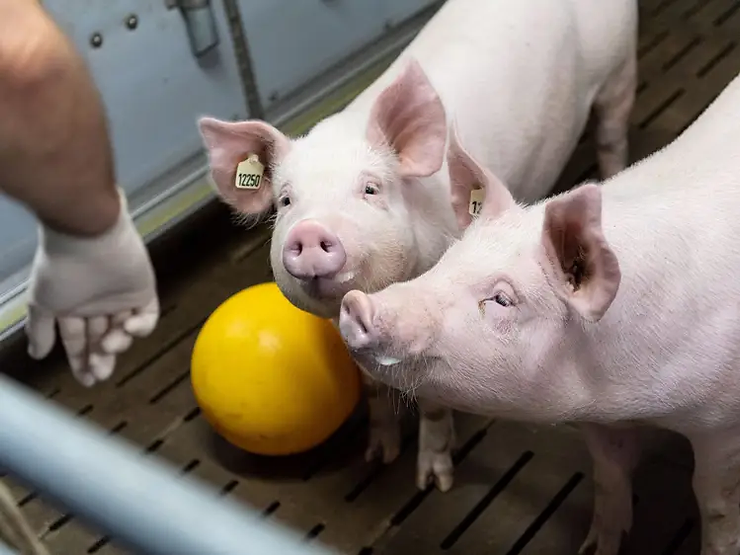By: Yi Qi
Researchers at Yale University have used a special device to make dead cells in pigs alive again after been dead for up to an hour. The pigs did not move and they were still very numb, but their hearts began to beat and cells in started again.
The team used 2 systems for its test. The first group of pigs got a type of medicine , a device that gives life back to pig with an air pumper to treat the lungs. Six hours after taking the medicine, the scientists found that certain organs were moving in many areas of the pigs’ bodies including in the heart, liver, and kidneys. A part was also found to be black once the pig died and it was slowly turning red again.
Once the blood flow grew faster the pigs regained life and the pigs were able to stagger a few steps before falling to the ground too tired to carry on. Several hours later the pigs were able to move normally with only a few slight changes; they could not move swiftly as they could have and fell after walking too far or too long.
“The pigs’ hearts started to pump and circulation was restored to the body. Many cellular functions in organs like the kidney, liver, and even brain, were restored. Anaesthesia was given to the pigs before they were killed by stopping their hearts, and nerve blockers kept the pigs from waking up, feeling conscious, or feeling pain” said researcher Sandhya Ramesh.
Gill Sestan’s team of researchers kept researching pigs from a local farm and studied and cared them for three days before reviving them, putting them on a weight and inducing a large part of medicine and shocking their hearts.
“Under the microscope, it was difficult to tell the difference between a healthy organ and one which had been treated with OrganEx technology after death,” Zvonimir Vrselja, a neuroscientist at the Yale School of Medicine.
The pigs were brought back to life. People are now talking about transferring this medicine into something humans can use to bring them back after they die. This will, however, take a very long and precise process and will be very dangerous.
Link: https://www.nature.com/articles/d41586-022-02112-0











